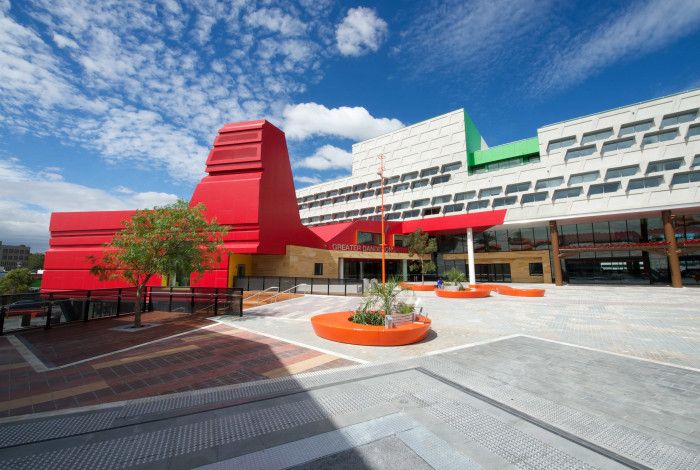Work with CALD Communities
The City of Greater Dandenong is home to residents from more than 150 different countries. As a result one in seven residents has limited fluency in English. It is also worth noting that literacy in their native language can also be quite limited.
For these reasons, the way we communicate with our community needs to considered to ensure language barriers are addressed and information is conveyed clearly.
New technologies have brought new communication tools and platforms for disseminating information and an awareness that communication with culturally and linguistically diverse communities is more extensive than interpreting and translation.
This rethinking around communication strategies includes community engagement, face to face meetings, visual and audio media, simple English and story boards or images to convey messages.
Below you will find a range of tips, guides and resource to assist staff in working with Culturally and Linguistically Diverse (CALD) communities.
Planning your CALD communications
When planning any communications campaign, regardless of whether language or literacy needs are a factor, Media and Communications should be consulted in the first instance.
Media and Communications can advise you about the best way to get your message across to ensure you effectively inform and engage with all residents in our community. This is a standard communications approach and results in far more effective and successful outcomes for all.
If diverse languages are a factor Media and Communications, together with Council’s Community Engagement team will work with you to ensure successful communication outcomes for all.
Translated information
Council translates written material from time to time, when targeting a specific cultural group and the website includes translated information on key services translated into the communities with the lowest English fluency.
However, with people from more than 150 different nationalities living in Greater Dandenong, it is not possible to provide translations for all our community. The focus should be on producing simple, clear writing in plain English and feature the contact panel. Any compliance, statutory and/or legal documents will be in English only.
Whether materials should translated need to be considered against the following criteria:
- Priority given to Council services
- Importance to community and level of impact
- Level of interest and demand by the community
- Level of engagement (according to Council’s Community Engagement Policy and Framework)
Please contact the Media and Communications Unit at news@cgd.vic.gov.au before planning or committing to any translations.
Contact panel and important message graphic
The contact panel outlines all key contact information, including the translation service, relay service for the hearing impaired and social media accounts.
The contact panel must be included on any documents that will be sent out to community members.
Council also has an important message insert for staff to use. This graphic explains to customers in the 10 main languages that their message is important and how they can get assistance in their own language.
These messages are now also on the back of the corporate letterhead, but you can insert this image into your documents in addition to the contact panel
More information on contact panel and important message graphic.
Interpreter services
The main interpreter service for Council is TIS (Translating and Interpreting Services). This is to be used by staff, unless your program/department is funded to use a specific interpreting service.
We can also use VITS (Victorian Interpreting and Translating Services) and ATIS Voice Automated Phone Interpreting Service when TIS can't be accessed.
CALD Recources and Guides
Profiles of Cultural Diversity - One page statistical summary of communities in each Victorian municipality including information on population, education, employment, income, religion and English fluency.


